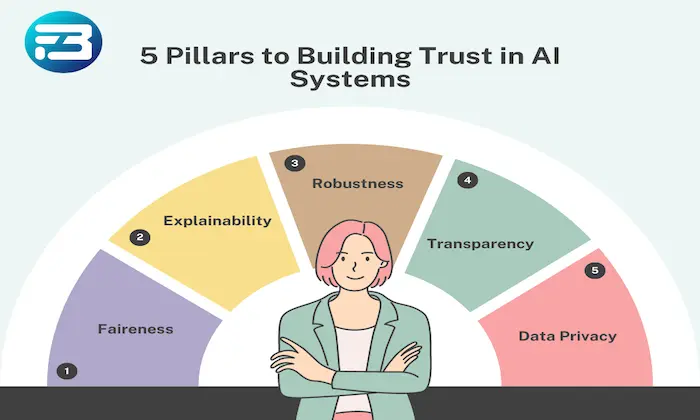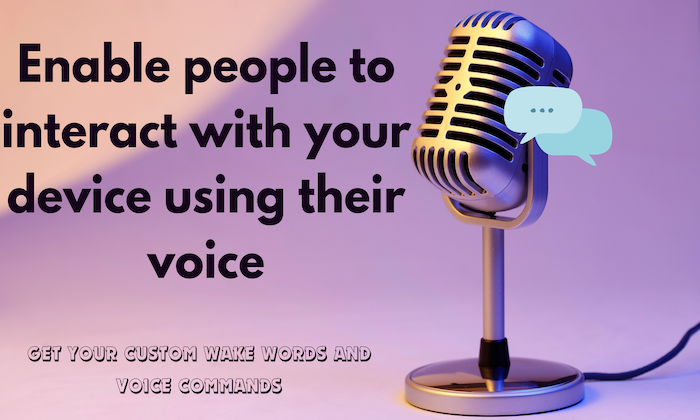What datasets are best for pretraining medical speech models?
Medical Datasets
Healthcare
Speech AI
When it comes to pretraining medical speech models, selecting the right datasets is crucial for developing systems that are both effective and reliable. These datasets provide the necessary audio samples that capture the complexity and nuances of medical language. Below, we explore the most suitable datasets for training medical speech models and the considerations involved in selecting them.
Types of Medical Speech Datasets for Effective ASR Training
- Doctor Dictation Datasets: These datasets consist of monologue-style recordings where healthcare professionals verbally document patient encounters, including chief complaint, history of present illness, assessment, and treatment plans. They are dense with medical terminology and structured to reflect clinical note formats, making them ideal for training Automatic Speech Recognition (ASR) systems in medical contexts.
- Patient-Doctor Interaction Datasets: These capture dialogues between patients and clinicians, offering insights into conversational dynamics and terminology use. While less structured, they are vital for developing models that can accurately understand and transcribe spoken language in clinical interactions.
- Multimodal Datasets: Combining audio recordings with additional data like electronic health records (EHR) enhances model performance, especially for tasks requiring contextual understanding. These datasets help models learn to integrate spoken language with medical contexts and terminologies.
The Impact of Dataset Quality on Medical Speech Model Performance
The quality of training data significantly affects model performance in terms of transcription accuracy, understanding of medical jargon, and contextual awareness. High-quality datasets ensure better model outcomes, while datasets with poor audio quality or lack of diversity can lead to subpar performance in real-world scenarios.
Essential Audio Characteristics
- Sample Rate and Bit Depth: While high-fidelity recordings (48 kHz/24-bit) are ideal, standard settings (16 kHz/16-bit) often suffice.
- Recording Environment: Including variations in background noise helps simulate real-world clinical settings, enhancing model robustness.
- Speaker Diversity: Incorporating a variety of accents and demographic backgrounds ensures models can generalize across different populations and healthcare settings.
Top Sources for High-Quality Medical Speech Datasets
- Publicly Available Datasets: Resources like the MIMIC-III clinical database offer rich clinical narratives, though they may require processing for ASR tasks. These databases are valuable for research but may have limitations in audio quality and diversity.
- Commercially Available Datasets: Companies specializing in medical AI, such as FutureBeeAI, offer curated datasets that meet specific quality standards, including HIPAA compliance. These datasets are typically annotated and validated by medical professionals, ensuring higher accuracy and reliability.
- Custom Collections: Collaborating with healthcare providers to build custom datasets tailored to specific needs can be beneficial. This approach allows for real-world recordings that reflect the nuances of clinical practice in a particular field or region.
Common Pitfalls in Dataset Selection
- Ignoring Domain Specificity: Ensure datasets are representative of the specific medical domains the model will serve to avoid inadequate training.
- Underestimating Annotation Quality: Rigorous quality assurance processes for transcriptions and annotations are crucial for reliable model performance.
- Neglecting Ethical Considerations: Compliance with privacy regulations is paramount. Datasets should be free from Protected Health Information (PHI) and have clear consent protocols.
By selecting datasets that encompass a range of audio characteristics, speaker diversity, and domain relevance, AI engineers and product managers can significantly enhance the performance of medical speech models. As the field continues to evolve, ongoing attention to dataset quality and ethical considerations remains essential for developing reliable medical AI systems.
FAQs
Q. What are the main components of a doctor dictation dataset?
A. A doctor dictation dataset typically includes audio recordings, verbatim and cleaned transcripts, optional annotations for medical terminology, and comprehensive metadata such as speaker information and recording conditions.
Q. How do I ensure the quality of my medical speech dataset?
A. To ensure quality, focus on high-fidelity audio recordings, diverse speaker representation, strict annotation standards, and a robust QA process to validate the accuracy of transcriptions and metadata.
What Else Do People Ask?
Related AI Articles
Browse Matching Datasets
Acquiring high-quality AI datasets has never been easier!!!
Get in touch with our AI data expert now!








